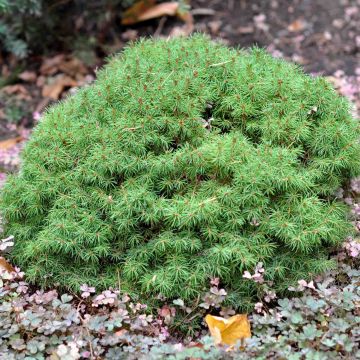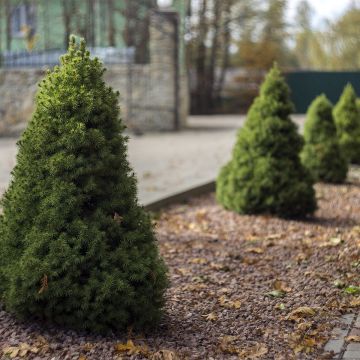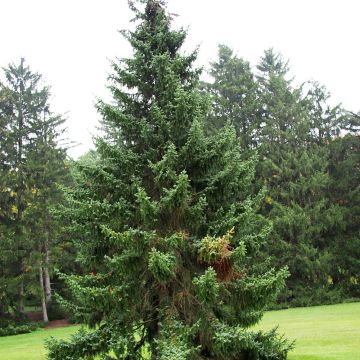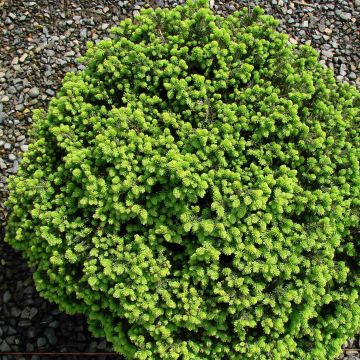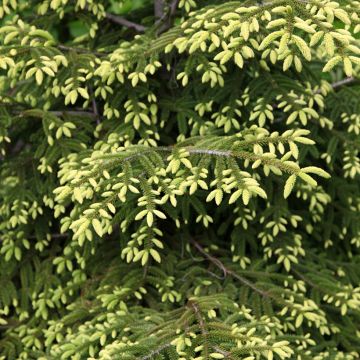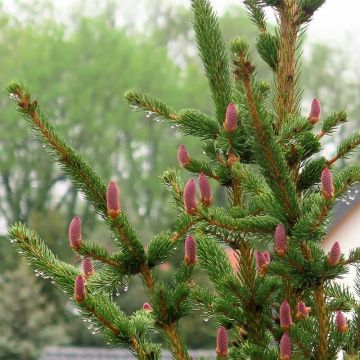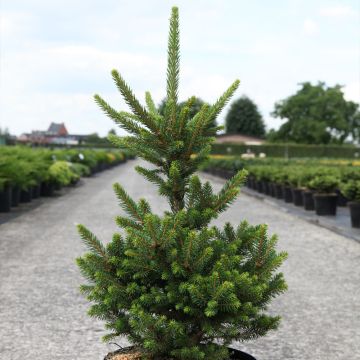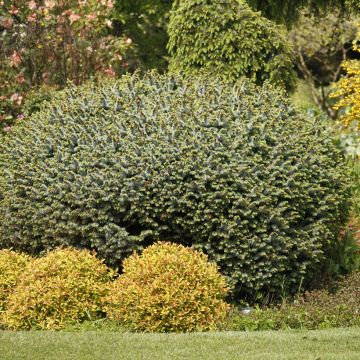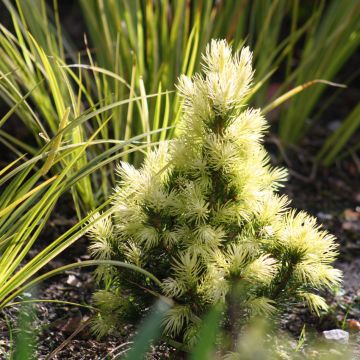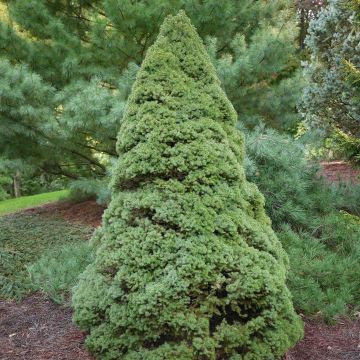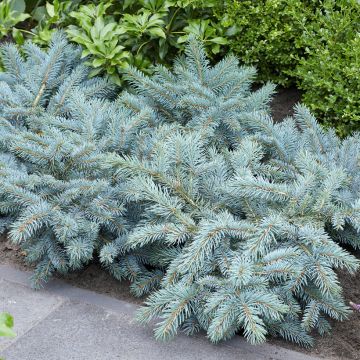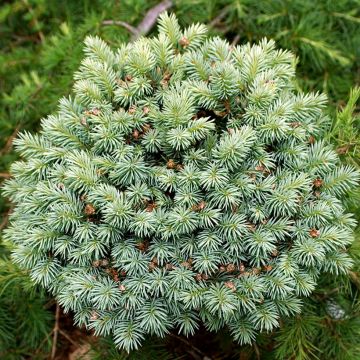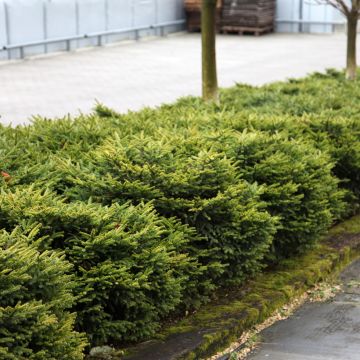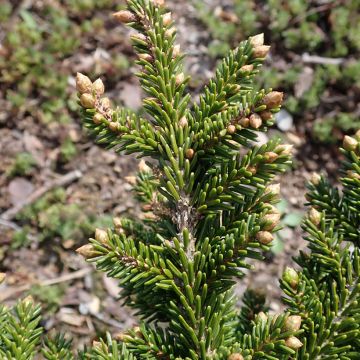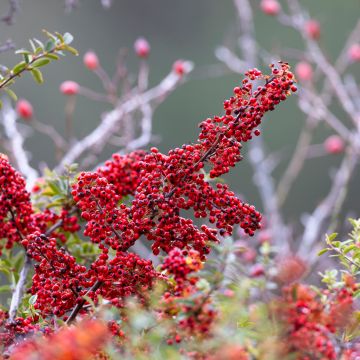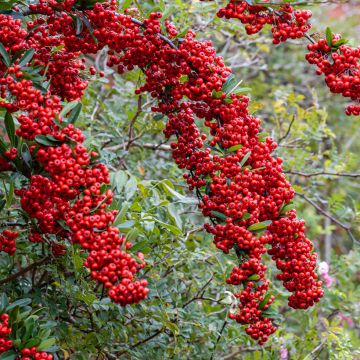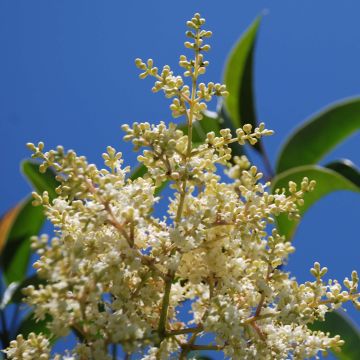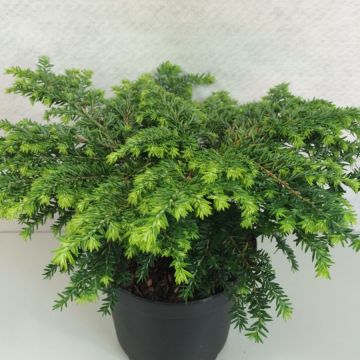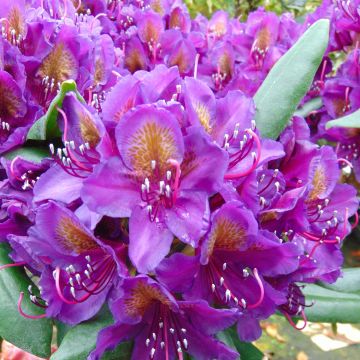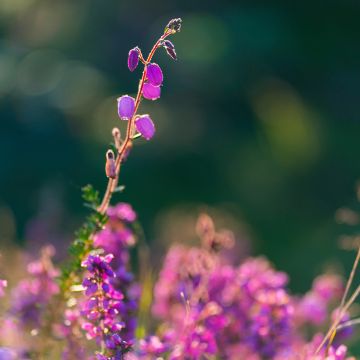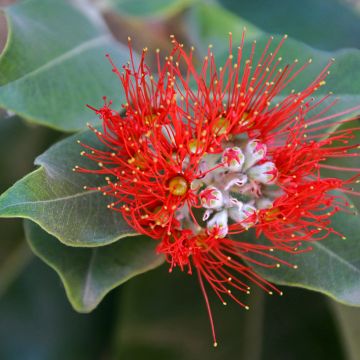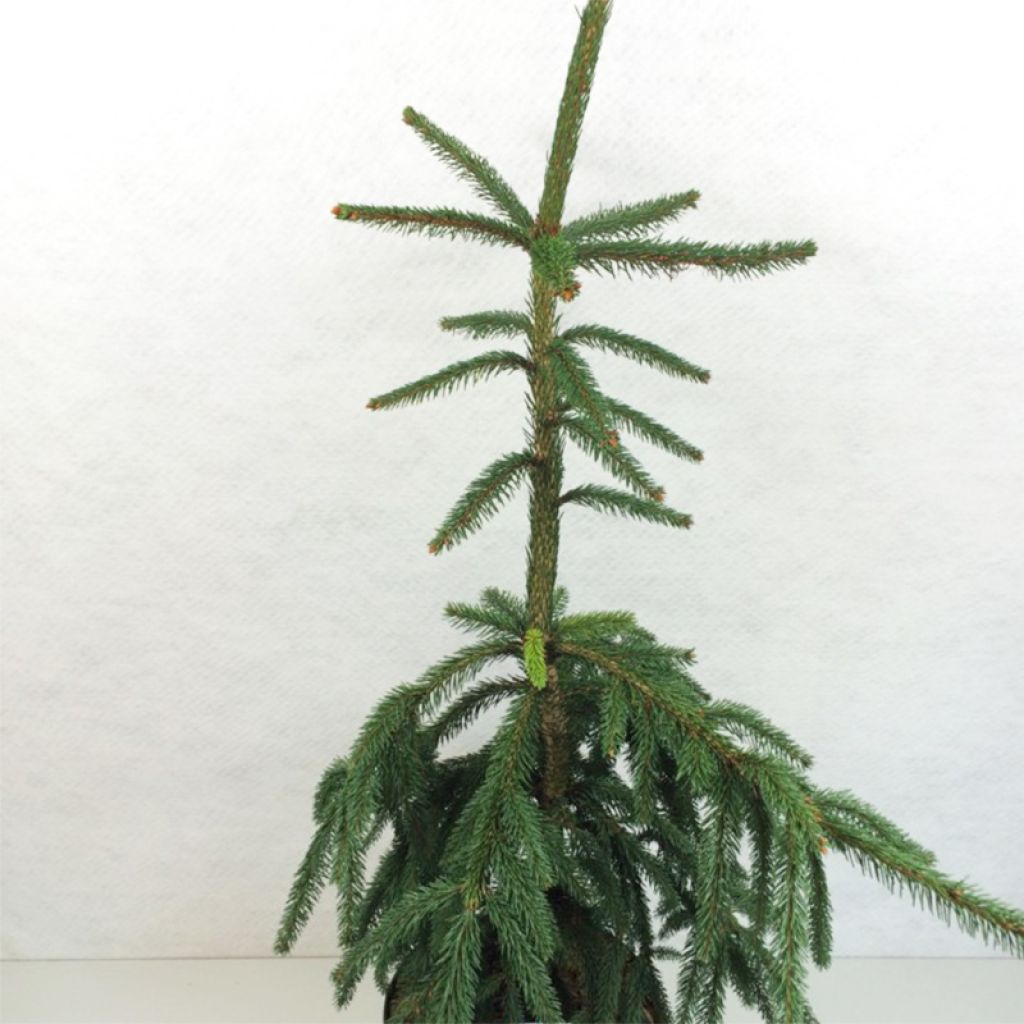

Picea abies Aarburg - Epicea commun
Picea abies Aarburgh - Norway Spruce
Picea abies Aarburg
Norway Spruce, Common Spruce, European Spruce
Special offer!
Receive a €20 voucher for any order over €90 (excluding delivery costs, credit notes, and plastic-free options)!
1- Add your favorite plants to your cart.
2- Once you have reached €90, confirm your order (you can even choose the delivery date!).
3- As soon as your order is shipped, you will receive an email containing your voucher code, valid for 3 months (90 days).
Your voucher is unique and can only be used once, for any order with a minimum value of €20, excluding delivery costs.
Can be combined with other current offers, non-divisible and non-refundable.
Why not try an alternative variety in stock?
View all →This plant carries a 24 months recovery warranty
More information
We guarantee the quality of our plants for a full growing cycle, and will replace at our expense any plant that fails to recover under normal climatic and planting conditions.
Would this plant suit my garden?
Set up your Plantfit profile →
Description
With its picturesque silhouette, Picea abies 'Aarburgh' is a vigorous spruce tree forming a fascinating small tree with a very weeping and irregular habit. It produces long arched shoots that are erect and then trailing, covered in bright green needles that seem to hesitate between the sky and the ground. This conifer, as hardy as it is romantic, grows quickly, reaching a height of 5 to 6m (16 to 20ft) with a spread of 2 to 3m (7 to 10ft). It can be planted in isolation, against a clear sky, to adorn a large slope, or in the centre of a bed. It thrives in sunlight and prefers a fresh, well-drained soil with minimal limestone.
Picea abies, also known as Norway spruce or red spruce, is an evergreen conifer belonging to the pine family, native to northern Europe, specifically Scandinavia. In its natural environment, it has a typically conical and pyramidal habit and can reach a height of 30m (98ft) or more in Eastern Europe. This species is traditionally used as a Christmas tree in Europe. It prefers well-drained and fresh soils and is not afraid of very low temperatures.
The 'Aarburgh' variety, derived from this species, is an original form with a very irregular weeping habit, introduced in Switzerland in 1965. After a few years, it forms a small mysterious and tormented tree, rather upright, but its vegetation tends to meander. Its growth is rapid, growing 8 to 15cm (3 to 6in) per year. It consists of irregular, tightly clustered, and trailing branches, from which strongly weeping lateral branches emerge. Over time, the lowest branches flexibly straighten, further enhancing the fairy-like and hairy appearance of its silhouette. Its foliage is a bright and vivid green. Its small leaves are rigid needles, very prickly, arranged all around the branches in a 'brush' shape. Initially erect, the female cones located at the terminal positions resemble reddish cigars, then they become pendant. The male pollen sacs appear on the branches of the previous year, they have an oval spindle shape and are yellow-orange. The root system of spruces is superficial and spreading, making them difficult to transplant when they are mature and particularly sensitive to wind.
The weeping 'Aarburgh' spruce, with its exceptional ornamental qualities and ease of cultivation, deserves to be planted more often. Its somewhat blurred ghostly silhouette seems animated, emerging unexpectedly and standing out admirably against a clear sky. It can be adopted without reservation on a large slope, isolated on a lawn, or near a swimming pool, as it matches well with geometric lines and masonry structures. It can also be installed near a water feature, overlooking it, to engulf a rocky scree. The true graphic qualities of conifers naturally assert themselves in the design of a contemporary garden, which favours the aesthetics of shapes, silhouettes, and textures over the dance of blooms. These plants with their reassuring permanence structurally enhance beds, mark pathways, and border terraces, easily replacing the strong presence of trimmed boxwood or holly. They also pair well with Mahonias, heathers, or tousled grasses with highly complementary temperaments. The key is to play with volumes and colours.
Report an error about the product description
Picea abies Aarburgh - Norway Spruce in pictures
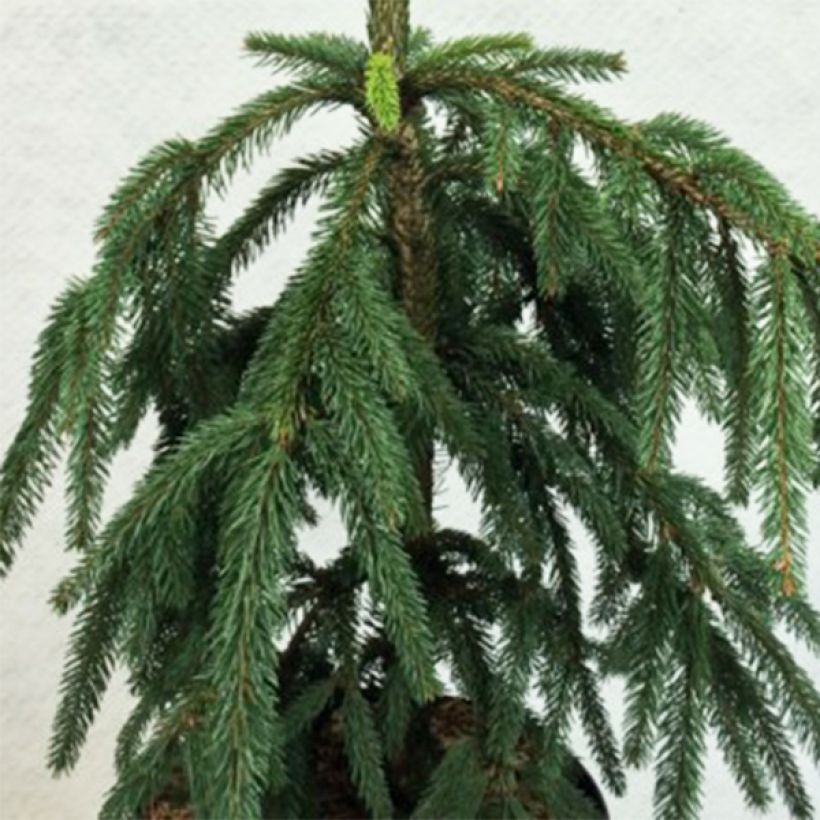

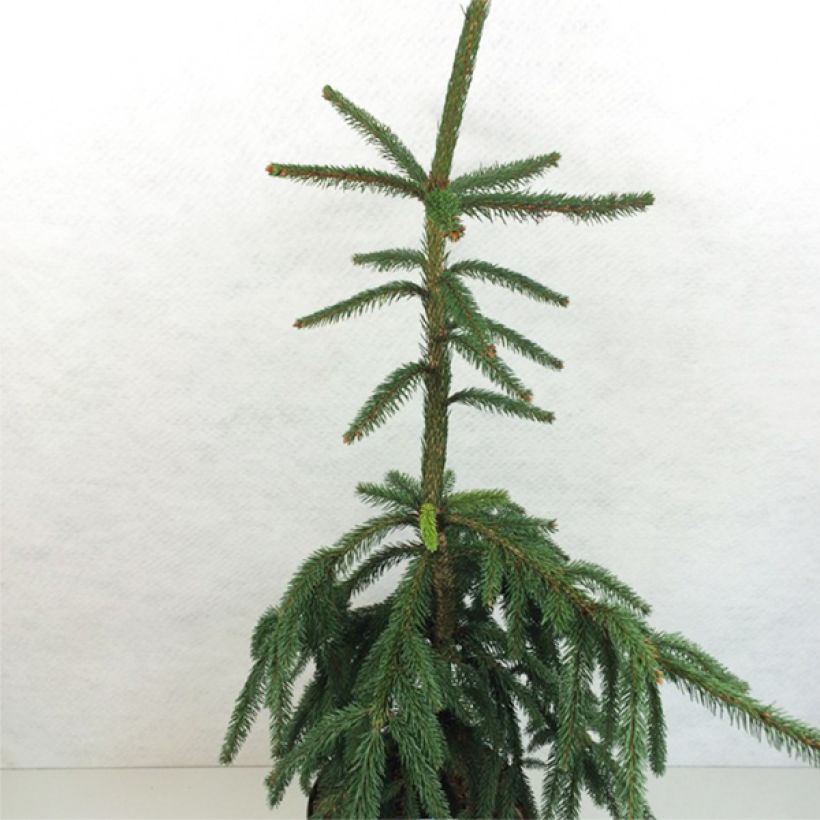

Plant habit
Flowering
Foliage
Botanical data
Picea
abies
Aarburg
Pinaceae
Norway Spruce, Common Spruce, European Spruce
Cultivar or hybrid
Other Picea
View all →Planting and care
Picea abies 'Aarburgh' should be planted from September to November and from February to June in deep, well-drained, light, neutral to acidic soil that retains moisture. Choose a very sunny or partially shaded location, sheltered from prevailing winds. Soak the root balls well before planting. Add organic amendment at planting and water generously in the first few years, and during prolonged drought. Apply a special conifer fertilizer every year in April and cultivate the soil in summer. This extremely hardy conifer, however, dislikes heavy soils that become waterlogged in winter. Pruning is not necessary, on the contrary, as this plant expresses its full potential when allowed to grow freely.
Planting period
Intended location
Care
This item has not been reviewed yet - be the first to leave a review about it.
Similar products
Haven't found what you were looking for?
Hardiness is the lowest winter temperature a plant can endure without suffering serious damage or even dying. However, hardiness is affected by location (a sheltered area, such as a patio), protection (winter cover) and soil type (hardiness is improved by well-drained soil).

Photo Sharing Terms & Conditions
In order to encourage gardeners to interact and share their experiences, Promesse de fleurs offers various media enabling content to be uploaded onto its Site - in particular via the ‘Photo sharing’ module.
The User agrees to refrain from:
- Posting any content that is illegal, prejudicial, insulting, racist, inciteful to hatred, revisionist, contrary to public decency, that infringes on privacy or on the privacy rights of third parties, in particular the publicity rights of persons and goods, intellectual property rights, or the right to privacy.
- Submitting content on behalf of a third party;
- Impersonate the identity of a third party and/or publish any personal information about a third party;
In general, the User undertakes to refrain from any unethical behaviour.
All Content (in particular text, comments, files, images, photos, videos, creative works, etc.), which may be subject to property or intellectual property rights, image or other private rights, shall remain the property of the User, subject to the limited rights granted by the terms of the licence granted by Promesse de fleurs as stated below. Users are at liberty to publish or not to publish such Content on the Site, notably via the ‘Photo Sharing’ facility, and accept that this Content shall be made public and freely accessible, notably on the Internet.
Users further acknowledge, undertake to have ,and guarantee that they hold all necessary rights and permissions to publish such material on the Site, in particular with regard to the legislation in force pertaining to any privacy, property, intellectual property, image, or contractual rights, or rights of any other nature. By publishing such Content on the Site, Users acknowledge accepting full liability as publishers of the Content within the meaning of the law, and grant Promesse de fleurs, free of charge, an inclusive, worldwide licence for the said Content for the entire duration of its publication, including all reproduction, representation, up/downloading, displaying, performing, transmission, and storage rights.
Users also grant permission for their name to be linked to the Content and accept that this link may not always be made available.
By engaging in posting material, Users consent to their Content becoming automatically accessible on the Internet, in particular on other sites and/or blogs and/or web pages of the Promesse de fleurs site, including in particular social pages and the Promesse de fleurs catalogue.
Users may secure the removal of entrusted content free of charge by issuing a simple request via our contact form.
The flowering period indicated on our website applies to countries and regions located in USDA zone 8 (France, the United Kingdom, Ireland, the Netherlands, etc.)
It will vary according to where you live:
- In zones 9 to 10 (Italy, Spain, Greece, etc.), flowering will occur about 2 to 4 weeks earlier.
- In zones 6 to 7 (Germany, Poland, Slovenia, and lower mountainous regions), flowering will be delayed by 2 to 3 weeks.
- In zone 5 (Central Europe, Scandinavia), blooming will be delayed by 3 to 5 weeks.
In temperate climates, pruning of spring-flowering shrubs (forsythia, spireas, etc.) should be done just after flowering.
Pruning of summer-flowering shrubs (Indian Lilac, Perovskia, etc.) can be done in winter or spring.
In cold regions as well as with frost-sensitive plants, avoid pruning too early when severe frosts may still occur.
The planting period indicated on our website applies to countries and regions located in USDA zone 8 (France, United Kingdom, Ireland, Netherlands).
It will vary according to where you live:
- In Mediterranean zones (Marseille, Madrid, Milan, etc.), autumn and winter are the best planting periods.
- In continental zones (Strasbourg, Munich, Vienna, etc.), delay planting by 2 to 3 weeks in spring and bring it forward by 2 to 4 weeks in autumn.
- In mountainous regions (the Alps, Pyrenees, Carpathians, etc.), it is best to plant in late spring (May-June) or late summer (August-September).
The harvesting period indicated on our website applies to countries and regions in USDA zone 8 (France, England, Ireland, the Netherlands).
In colder areas (Scandinavia, Poland, Austria...) fruit and vegetable harvests are likely to be delayed by 3-4 weeks.
In warmer areas (Italy, Spain, Greece, etc.), harvesting will probably take place earlier, depending on weather conditions.
The sowing periods indicated on our website apply to countries and regions within USDA Zone 8 (France, UK, Ireland, Netherlands).
In colder areas (Scandinavia, Poland, Austria...), delay any outdoor sowing by 3-4 weeks, or sow under glass.
In warmer climes (Italy, Spain, Greece, etc.), bring outdoor sowing forward by a few weeks.






























